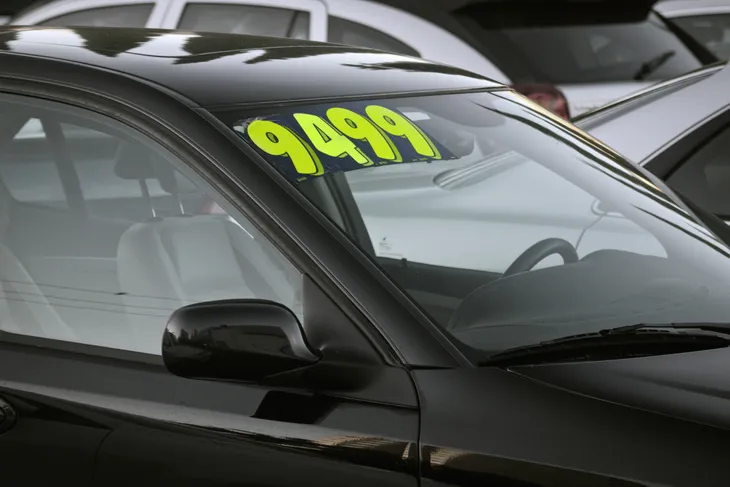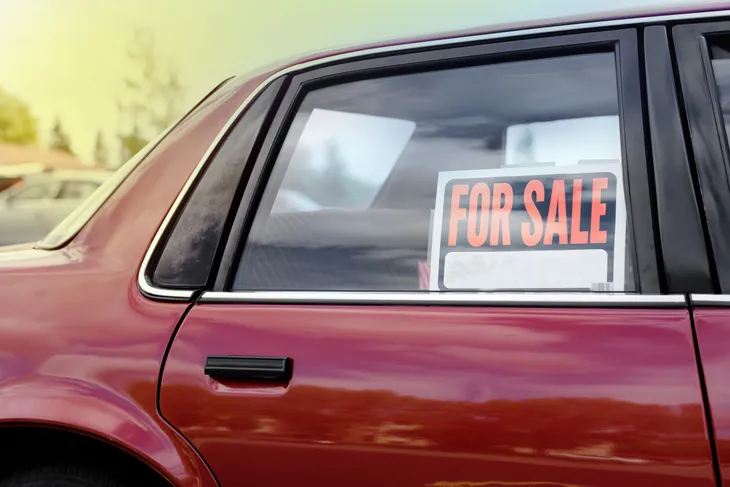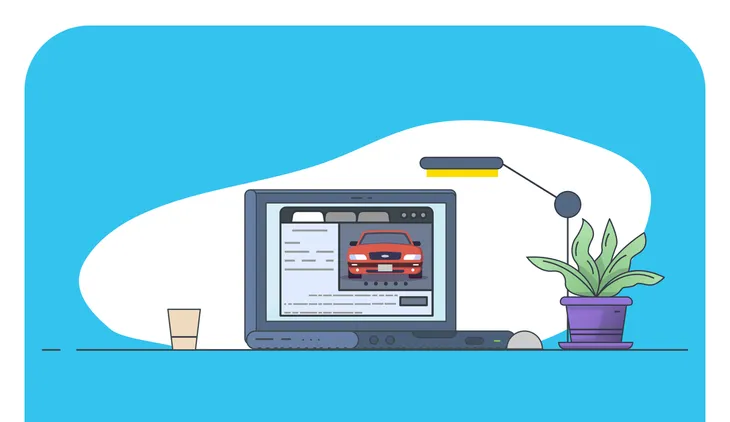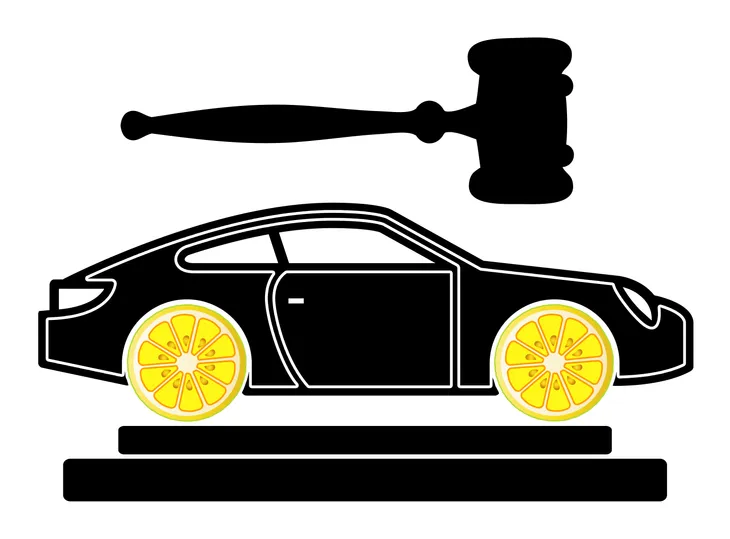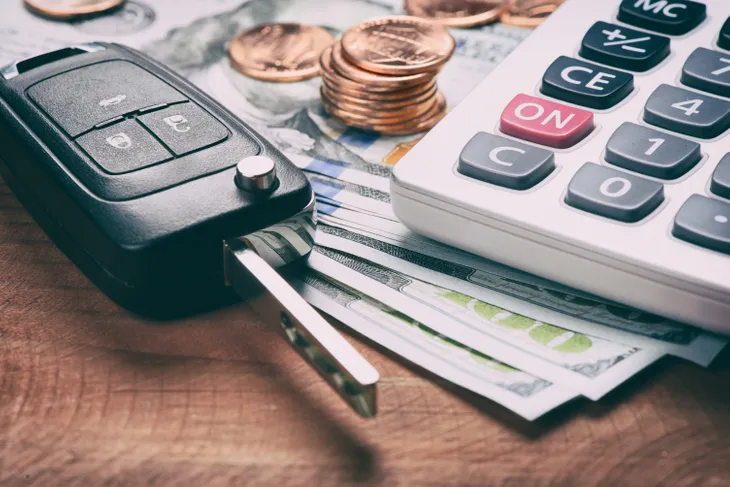The first step in selling a used car is easy: deciding to sell the car. Everything that comes after is a bit more difficult. Sure, you could simply slap a “for sale” sign on your car and take the first offer that comes along. However, if you want to receive the best price for your car then you will need to do a bit more work. This includes researching your ride’s fair market value, cleaning it up and preparing your negotiation strategy.
Selling a used car can be intimidating, especially for first-timers. It can be easy to get bogged down by the process and intimidated by the prospect of negotiating. That’s why it’s so important to take the time upfront to research and strategize. If you do this then you’ll keep your ultimate goal in sight: getting the price you want. Here are a dozen do’s and don’ts to consider when selling your used car.
Do: Research Your Car’s Value
Yes, this is obvious advice but it is worth repeating. You need to know what your car is worth before selling it. When it comes to pricing research, there are a few things to keep in mind. First, make sure to run your car through both Edmunds and Kelley Blue Book (KBB). Edmunds and KBB were both more relevant before the rise of internet car buying and selling. However, while their shine has been somewhat diminished, they are both respected reference points.
Next, see what private sellers and dealerships are offering for your used car or a similar model. This research can be done using a combination of websites, including: Craigslist, Cars.com, AutoTrader, etc. It will be a lot of mindless, repetitive work, but this information is extremely valuable, especially during negotiations.
Don’t: Set Your Starting Price Too Low
This is another piece of obvious advice that is worth repeating. Selling a used car will almost always involve a negotiation of some sort, especially a private sale. If you want $10,000 for your car then don’t list it for $10,000. Instead, list it for $11,000 or $12,000 and give yourself some wiggle room.
Many buyers want to avoid paying the list price of a car, new or used, based solely on principle. Pricing your car above what you want gives the buyer the satisfaction of “negotiating the price down.” It also makes it more likely that you’ll get what you really want and maybe a bit more.
Do: Clean Your Car Up
When it comes to selling a used car, people often judge the book by its cover. There is a good reason for this, too. A dirty car can be a sign of a careless owner, one who skips both car washes and regularly scheduled maintenance. According to Mobile Tech RX, a car repair and detailing software company, the average cost of auto detailing is $160.16. This is a small price to pay if you hope to sell your car for tens of thousands of dollars.
If you aren’t selling your car for that much, then consider a DIY detail. A car wash and wax along with an interior vacuuming and scrub down can wipe away years of interior neglect. Remember, just because your car is used doesn’t mean it should look that way.
Don’t: Be Lazy When Taking Photos
A whopping 39.3 million used cars were sold in 2020. This means buyers have options and an incentive to move quickly through all the listings littering the internet. One of the quickest ways to reduce your pool of potential buyers is to take bad photos of your car. Blurry pictures, screenshots from your camera roll, bad angles, photos inexplicably rotated — all of these are a no-no.
Taking good pictures doesn’t necessarily require a good camera. Most smartphones should do the trick. If you want to know what angles to look for, study the listings of local car dealerships. Also, consider supplementing your photos with a “walkaround video.” These videos typically involve circling the car along with a complete look at the interior and engine. Good photos and a video will ensure your car stands out from the millions of other used cars for sale.
Do: Set Your Negotiation Strategy
A negotiation strategy is not determining the lowest offer you’ll accept. A negotiation strategy is about knowing the strengths and weaknesses of your car and how to promote and counter them. For example, a strength of your car could be its aftermarket sound system, which cost $1,000 new. A weakness could be its tires, which have 75% tread left. Your ad should absolutely promote the sound system and you should crank the radio up when showing the car. For the tires, research the estimated lifetime of the current set and the cost of a new one.
Picking out your car’s strengths and weaknesses makes it easier to counter a buyer’s concerns and complaints. Having data to back your claims is incredibly important. Once you have this information then you can more easily determine who you are negotiating with. Someone who shoots down your data-backed claims instantly may not be worth negotiating with. A buyer who takes them into account may be someone you’re more willing to cut a deal with.
Don’t: Skimp On Easy Fixes
Nobody wants to buy a used car that they immediately have to work on, unless you’re selling a project car. Chances are you’re not, though, which means there’s no excuse for skimping on easy fixes. These include things like blown fuses that make power windows inoperable and headlights that have gone out. Heck, even old and battered windshield wiper blades can turn buyers off.
Before listing your car, search the internet to see how difficult its gremlins are to fix. Burnt Out bulbs, faulty hatchback struts and cloudy headlights can all be fixed by DIY mechanics for not that much money. Remember, anything you leave for the buyer to do will most likely cost you.
Do: Try to Avoid “Nonessential” Driving
If you are trying to sell your car then you should avoid driving it as much as possible. Driving your car puts more miles on it, and higher-mileage cars are worth less. It also increases the chance a part will wear out and your check engine light will pop on. Then there’s the risk that you get into an accident.
Note that this advice only pertains to “nonessential” travel. You should still drive to work, the grocery story, and anywhere else you need to go. That said, think twice before taking your used car that you’re trying to sell on a weekend road trip. The extra miles and risk of a part wearing out or an accident just aren’t worth it.
Don’t: Take a Casual Approach to Test Drives
Very few, if any, people will buy a used car without test driving it. While this is a normal part of the selling process, it should not be approached lightly. When it comes to offering test drives, the goal is to maintain control of the situation. This starts with setting the meeting place, which should be a highly trafficked public area. You should also ask a friend or family member to come to the meeting with you. Meeting in public and “with backup” offers a measure of protection against would-be carjackers.
It’s also important to ensure your car stays safe during the test drive. This can be accomplished by collecting the information of the test driver. Ask to see their driver’s license and snap a photo of it. You may need this information in the event of an accident. You can also work to keep your car safe by pre-planning the test drive route. Pick roads and highways you’re familiar with that showcase the car in different driving conditions. This protects you from an unexpected detour to a winding mountain road.
Finally, consider asking for collateral. This may sound weird, but many used car sellers don’t actually offer test drives “without cash in hand.” Make it clear that you’re simply trying to protect yourself and not take advantage of the buyer.
Do: Understand Your Legal Risks
“Lemon laws” do not generally apply to private party sales. That doesn’t mean you can sell a lemon or lie in your used car listing and get away with it. You can be sued for misleading a buyer about the condition of your used car in small claims court. These cases hinge upon the seller claiming their car was in better shape than it was. If you lose the case then you could be liable for the repair costs.
The easiest way to avoid this problem is to not exaggerate the condition of your car. The key is to toe the line between honesty and pessimism. “The brakes may need to be replaced,” is a perfectly measured way to describe a less-than-perfect part. You can also take your car to a mechanic for an inspection prior to listing it. This “to-fix” list ensures that buyers approach the transaction with full information. Include any maintenance records you have to provide further transparency about the state of your car.
Above all else, make sure you put “AS IS” on the bill of sale. The buyer needs to know that he’s buying the car without a warranty of any kind. It’s the buyer’s responsibility to thoroughly inspect the vehicle (or pay a professional to do it) before handing over the money. Explicitly stating that the car is being sold “AS IS” could save you some future headaches.
Don’t: Assume the Buyer Will Complete Their Paperwork
Your used car isn’t officially sold until both you and the buyer turn in your paperwork to the DMV. If the buyer forgets to send in their side of the paperwork then legally the car is still yours. Any parking tickets, toll road violations, red light camera tickets, etc. will be sent to your address in your name. These can be resolved by attending court, but why waste time doing that?
Finalize the sale at the DMV or complete and mail the paperwork before transferring the keys to avoid this headache. It’s an annoying extra step, but it’s better than going to court for a ticket you didn’t earn.
Do: Have Leverage
Whether you’re selling your car to a private party, an online company or a dealership, it helps to have leverage. The easiest way to gain this is to field an offer from a competing party. For example, you can bring a CarMax quote to a dealership or a dealership’s trade-in offer to a one-on-one negotiation. You may not need this leverage, but it’s helpful to have.
Another form of leverage is simply information. Say you are selling a Subaru WRX STI and there are very few used STIs for sale in your town. That could be used as leverage in a negotiation. Or say your car has highly desirable options, like all-wheel drive and an off-road equipment package. You can compare that to new cars with these options and use the price gap as leverage.
Don’t: Overlook Your Potential Tax Liability
In most cases sellers will not have to pay taxes for selling their used car. That’s because you typically sell a car for less than you purchased it for. However, if you make a profit on your used car then you will have to pay taxes. The math is easy to figure out. If you bought a car for $20,000 and sold it for $21,000 used you have to pay tax on $1,000.
This knowledge can impact your pricing strategy, especially if you heavily modified your car. It also means you may have to pay a penalty for having a car that has appreciated in value. The good news is that you may be able to deduct the cost of making permanent improvements to your car.
The Bottom Line
It can take a lot of time and effort to sell a used car. This is especially true if you have a specific price in mind. That said, the investment is much less costly and time-intensive than it may seem. With proper preparation the negotiation process doesn’t have to be intimidating, either. Whether you sell online or in-person, following these do’s and don’ts will put you in the best position possible.

